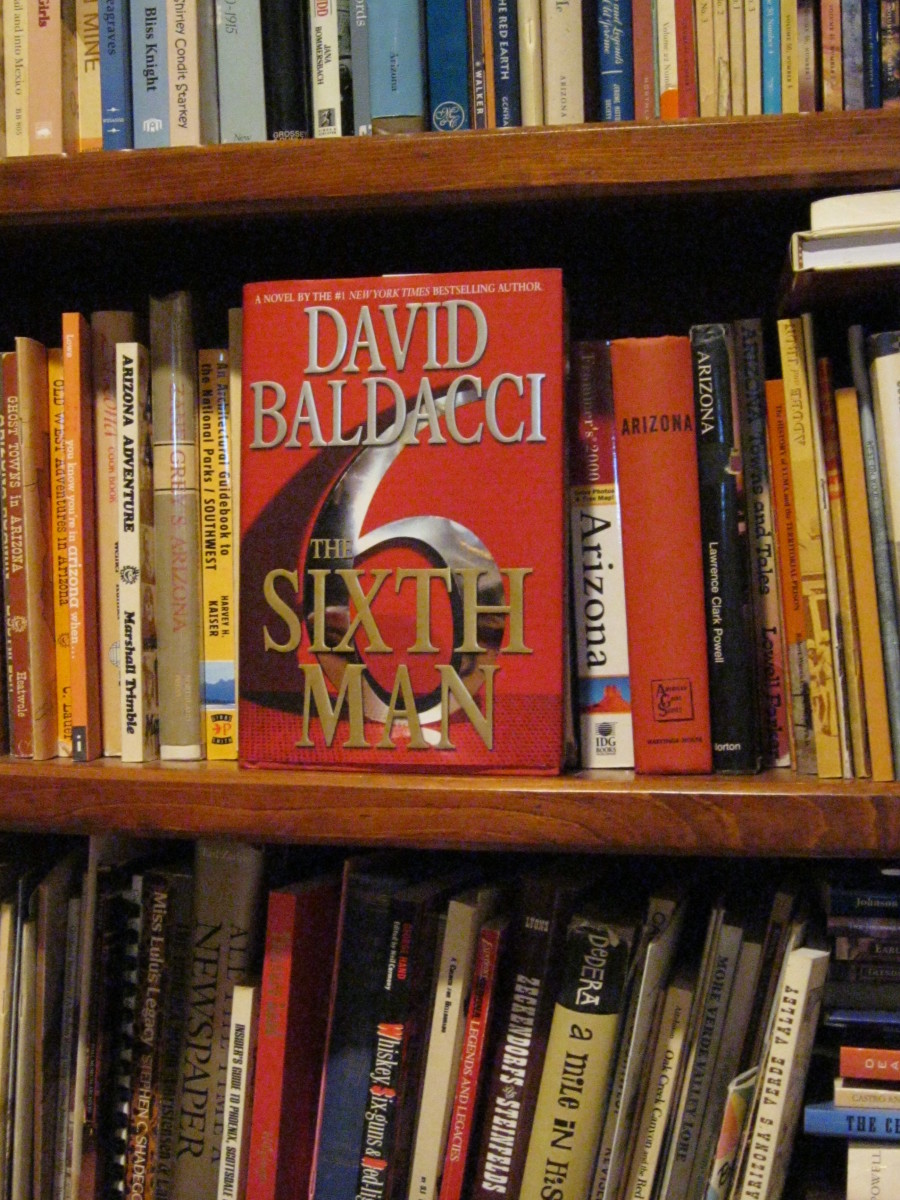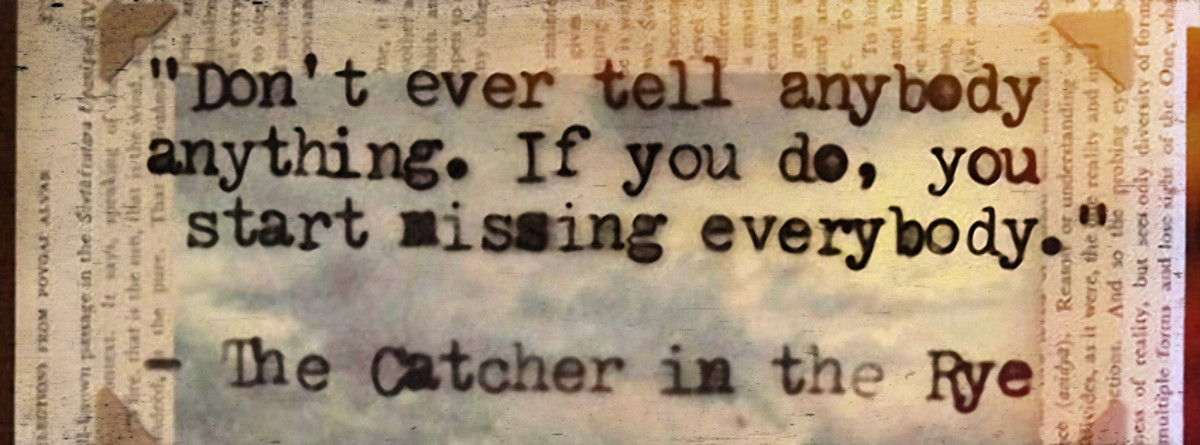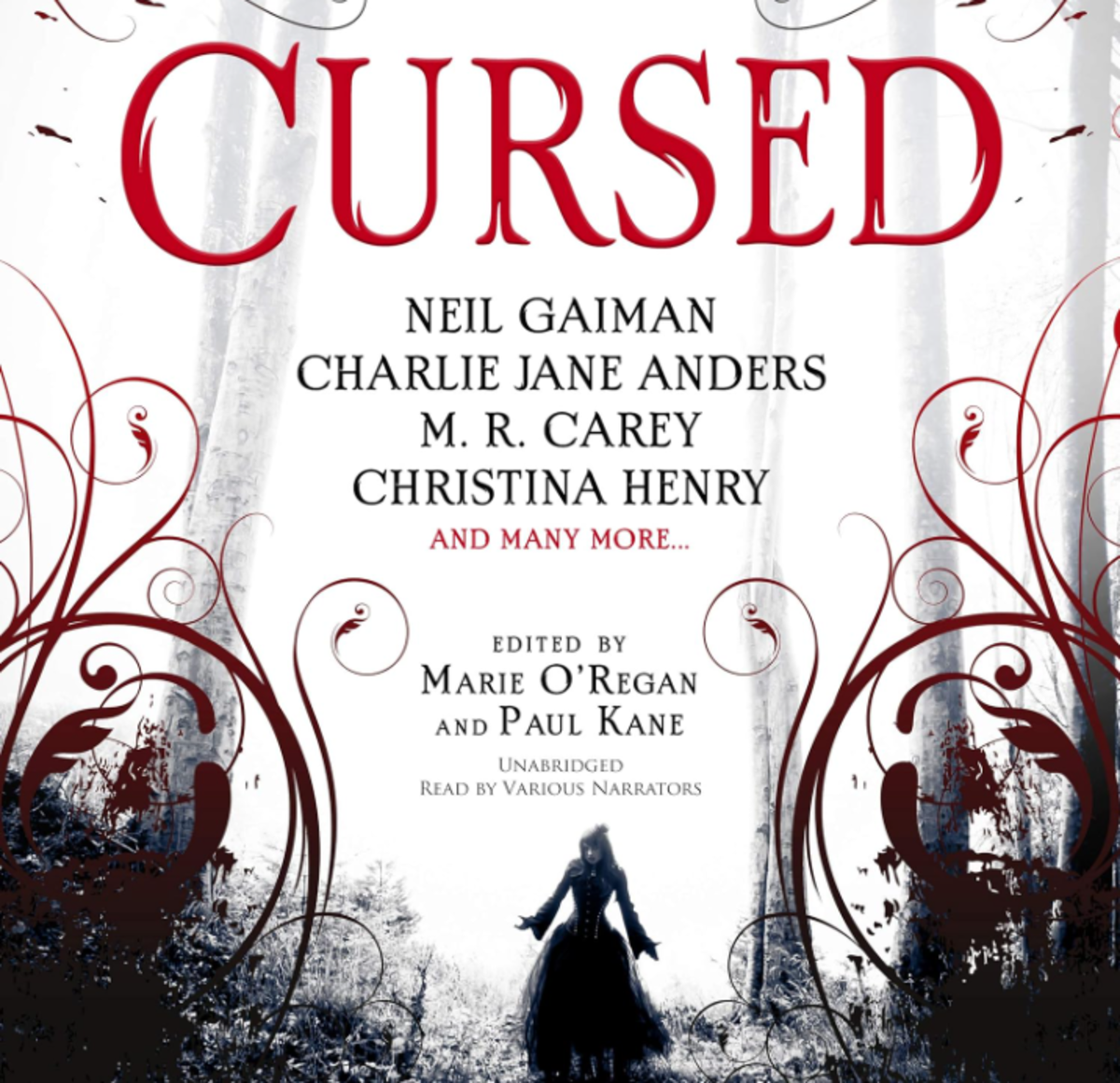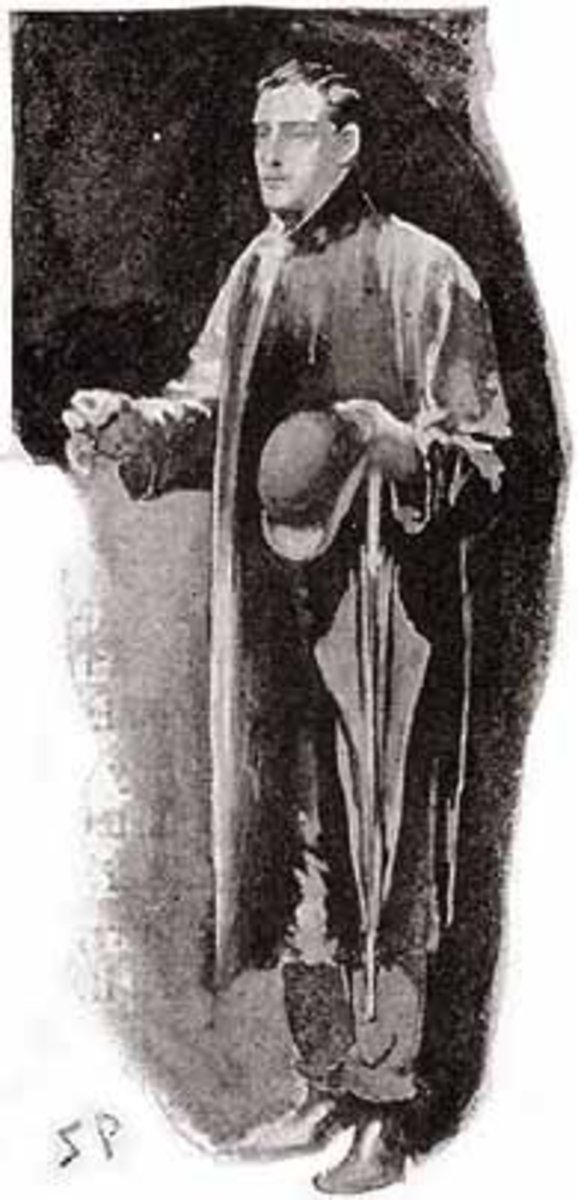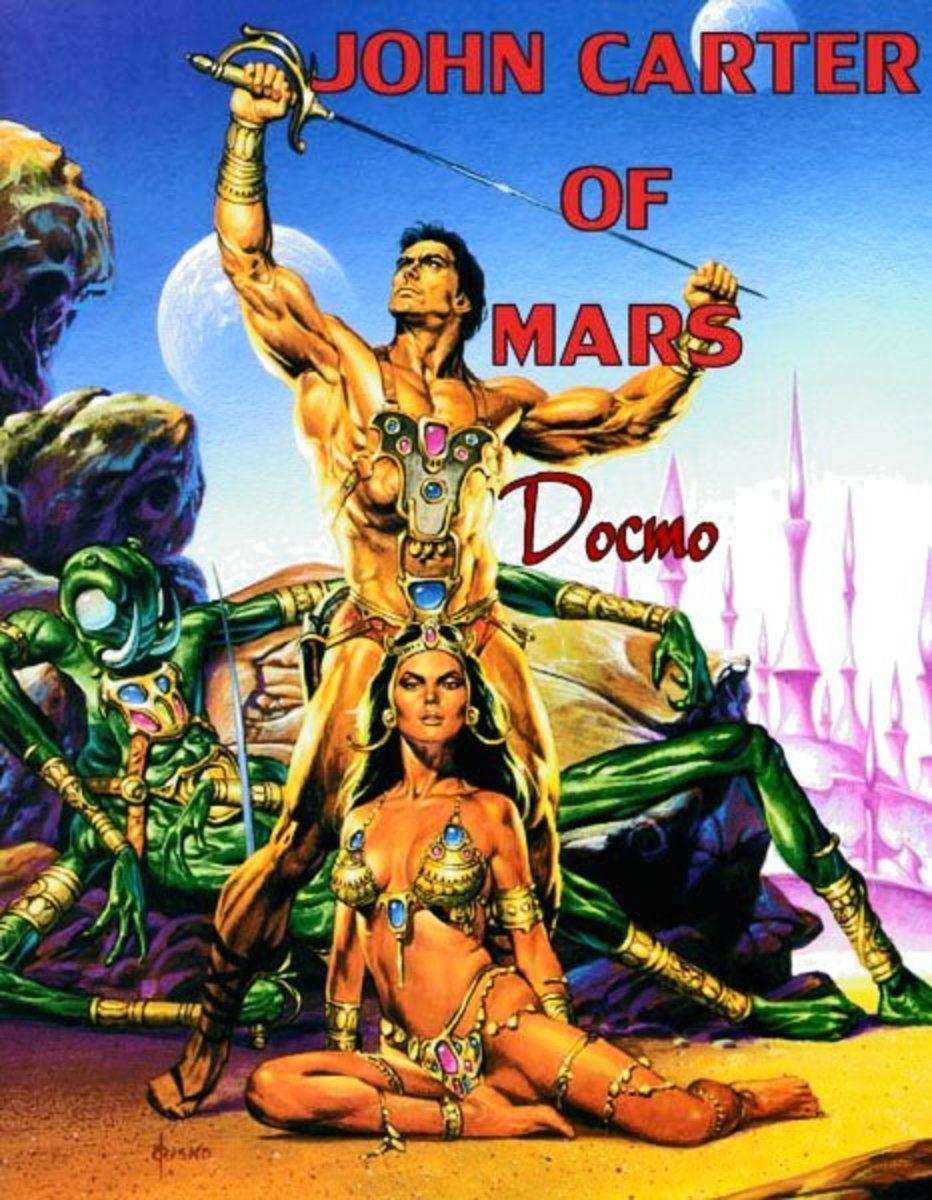Five Disturbing, Must-Read Books Written By American Authors in the 1950s and 196os
These novels uniquely impacted American literature
There are hundreds of novels written by American authors that are worth reading for various reasons. Certainly a good many of those written in the 1950s and 1960s could be labeled "disturbing." Only a limited number, however, have played a truly pivotal role in focusing attention on both individual and collective consciousness while serving as book marks of their era.
One of the most classic American novels is The Catcher in the Rye, by J.D. Salinger. On first reading, the novel might not be considered particularly distressing, but as the reader is subtly drawn into the persona of the novel's protagonist and narrator, Holden Caulfield, he/ she begins to understand and often identify with the tortuous angst felt by a teen-ager emotionally teetering on the scary brink of adulthood. Written in 1951, some of the novel's settings (like Holden's private school) and events might seem dated; the teenage depression into which the protagonist sinks, however, as he faces a reality he hasn't chosen is timeless. His explanation of how he wishes he could be someone who saves little kids (like his sister) from falling into the " field of rye," i.e., the world of the adult, is heart-wrenching for anyone who remembers what it was like to stand on that precipice. Interestingly, I've heard a few males, adolescent to senior citizen , claim that they find Holden Caulfield "annoying" and even "boring." Perhaps young Holden offends the stereotyped male mantra of "just grow up and be a man." Perhaps Salinger has done too good a job of reflecting how boring adolescent depression can seem to those who either forget how debilitating it can be or were fortunate enough to have somehow escaped its constriction.
Another novel which features a first-person narrator who is also the protagonist is Harper Lee's To Kill A Mockingbird, which won the prestigious Pulitzer Prize. Mockingbird's narrator, Scout, is a six-year-old girl whose introduction to reality comes far too soon. Written in 1960, To Kill A Mockingbird focuses on the bigotry and prejudice that was (and, in some places, still is) rampant in the American South. Scout's father, Atticus Finch, is a lawyer who makes the decision to represent a Black man who has been unjustly accused of rape. During the subsequent trial and beyond, Scout witnesses a host of injustices and tragedies perpetrated by ignorance and prejudice. Unlike Holden Caulfield, who the reader knows can never be "the catcher in the rye," Scout's future is brighter, thanks to her father, who sets an example akin to that of the prophet in the wilderness, and her reclusive neighbor, Boo Radley, who teaches her a personal lesson on the dangers of judging books by their covers . Whereas the plot of this novel is disturbing in that it is all too credible, the message that redemption is possible for the righteous is heartening.
One Flew Over the Cuckoo's Nest, by Ken Kesey, was published in 1962, three years after it was written. Like the first two novels discussed here, Cuckoo's Nest also features a first-person narrator, a huge, part-Indian, "Chief" Brozman. An inmate in the mental institution which serves as the novel's setting, "Chief" is not the protagonist, however. The many comic elements provided by the antics of rebellious protagonist Randall McMurphy, who feigns insanity in an attempt to secure a get-out-of-jail pass, build to a crescendo of tragic proportions. Antagonist Nurse Ratched serves as the literary symbol of worst-case scenarios in mental institutions. The novel is so well crafted that the reader barely realizes the impact of what's happening until tradegy strikes . Kesey carefully placed the focus of his novel on what he saw as extremely disturbing practices and outright abuses in the treatment of the mentally ill.
Before Fahrenheit 451 was published in 1966, how many people knew the temperature at which paper burned? The account of the future world as author Ray Bradbury saw it might have missed the mark in some respects, such as the Big Brother-type society he predicted, but in other ways, it was right on. The current role technology plays surpasses even Bradbury's worst nightmares. (Bradbury had such a fear of technology taking over society that he refused to use a computer and continued to depend on a typewriter to craft his novels.) His vision that by now everyone's priority would be to have a TV screen on each wall of his or her living room is frighteningly accurate when one considers the number of people who have a TV in nearly every room. Fortunately, our society does not burn books, as referenced by Bradbury's title, but consider the number of school districts that have banned classic pieces of literature like Huckleberry Finn and even Catcher in the Rye. One of the most disturbing predictions of Fahrenheit 451 is the absence of meaningful human connections. I f that sounds like an exaggeration, just witness the senseless texting taking place in a grocery store, a stadium, a high school, a church.
In Cold Blood, published in 1966 as the first non-fiction novel ( though some would say this claim is debatable), is Truman Capote's commendable effort of using the format of a novel to document a real-life horror story that he and his good friend Harper Lee (yes, the same Harper Lee who won the Pulitzer Prize) painstakingly researched. The senseless 1959 murder of four members of the Clutter family in Kansas was incomprehensible of itself, but Capote went beyond the victims to characterize the perpetrators, for one of whom, Perry Smith, he seemed to feel far too much compassion. The murderers contended that their motive was robbery, not murder, and that things went awry when the family claimed to have little of monetary value. The fact that the murder was frightening, disturbing, and incomprehensible goes without saying. The tone of compassion for a cold-blooded murderer that develops as the book moves along is perhaps even more distressing. Also, the section leading up to the 1965 hanging of Smith and his partner, Richcard Hickok, reads as an unabashed campaign against capital punishment. Despite this, In Cold Blood remains a breakthrough piece that successfully combines two literary genres. The nature of the presentation in a manner usually reserved for fiction merely makes one question how much of the point-of-view belongs to the author himself.
Masterpieces: Timeless
Each of these novels is unique unto itself. The fact that some of them, at least, continue to be read and discussed in English classes throughout America speaks not only of their enduring natures but also of the timeless lessons that they teach. J.D. Salinger, Harper Lee, Ken Kesey, Ray Bradbury and Truman Capote have left their marks on the American literary scene, and those marks can not be erased.



